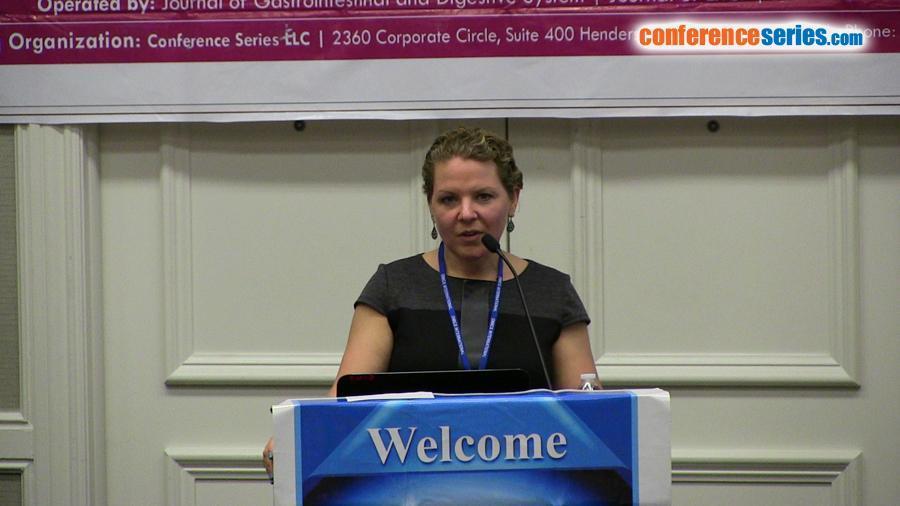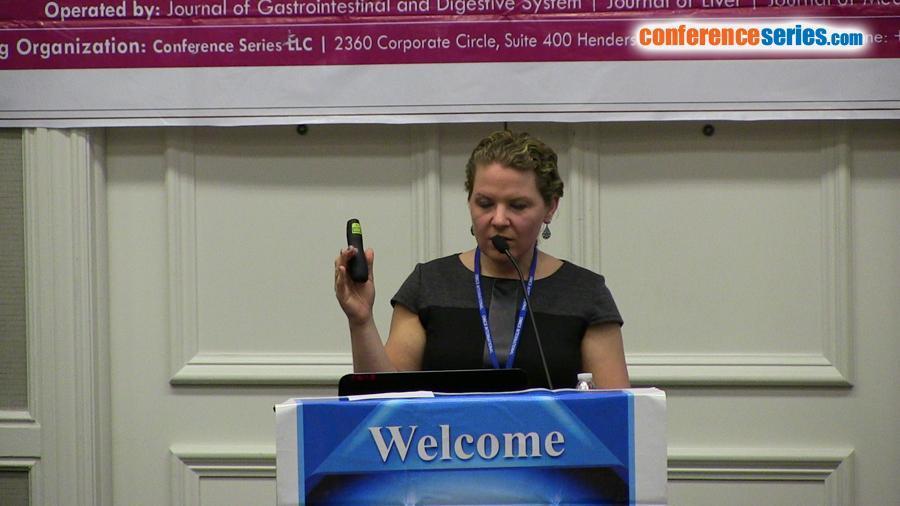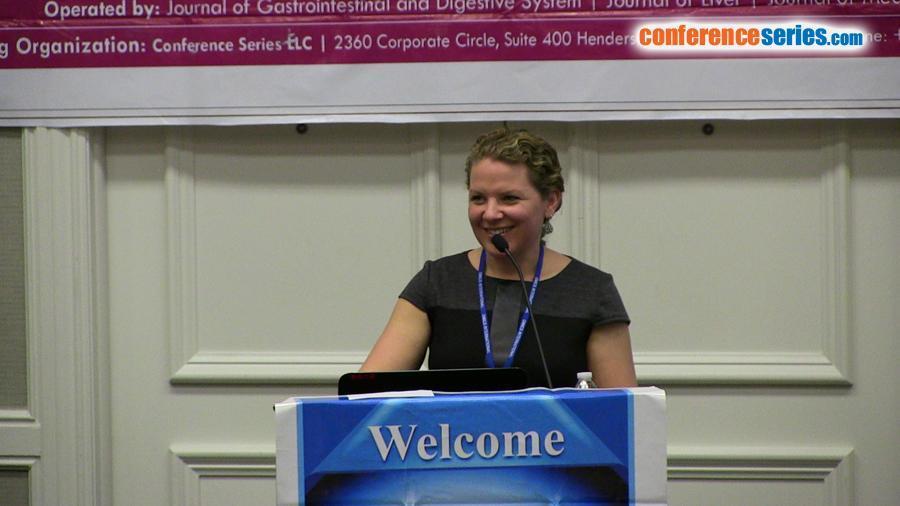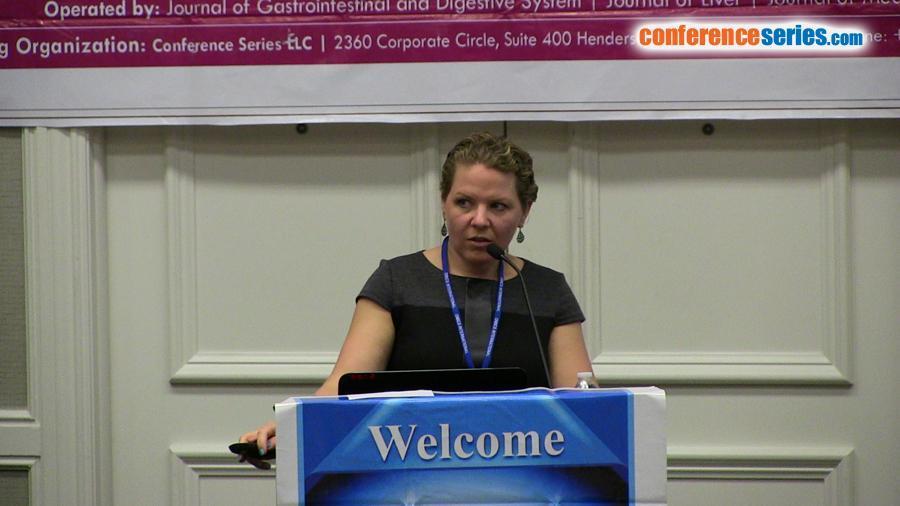
Biography
Biography: Aliza B Solomon
Abstract
Eosinophilic Esophagitis (EoE) is a chronic immune mediated disease affecting both adults and children. It was described in 1995 and since that time there have been numerous updates to the literature regarding the pathogenesis of the disease, diagnostic features and treatment associated with EoE. The relationship between food allergies & eosinophilic esophagitis (EoE) is well established. Aeroallergens may also contribute to the development of EoE, however there are limited data to support or refute this hypothesis.rnrnAim: The objectives of this pilot study were to determine whether there is a seasonal variation in the onset of symptoms and/or diagnosis of EoE and whether these correlate with a specific pollen concentration within New York City (NYC).rnrnMethods: We performed a retrospective chart review to identify all pediatric patients at New York Presbyterian Weill Cornell Medical Center diagnosed with EoE between 2002 and 2012. Sixty-six patients were identified and 28 were excluded. Cases were classified by both date of initial symptoms as well as date of histologic diagnosis. Pollen counts from a certified NYC counting station and the percent of EoE cases were collated monthly and seasonally and compared. rnrnResults: There was a seasonal variation in onset of symptoms as well as diagnosis of EoE with the highest number of patients reporting onset of symptoms of EoE in July-September and those being diagnosed with EoE in October-December. There was a seasonal correlation between peak levels of grass pollen and peak onset of EoE symptoms which were both highest in July-September. The diagnosis of EoE peaked one season later.rnrnConclusions: This study suggests that there is a correlation between specific aeroallergens and both the onset of symptoms as well as time of diagnosis of patients with EoE.rn







